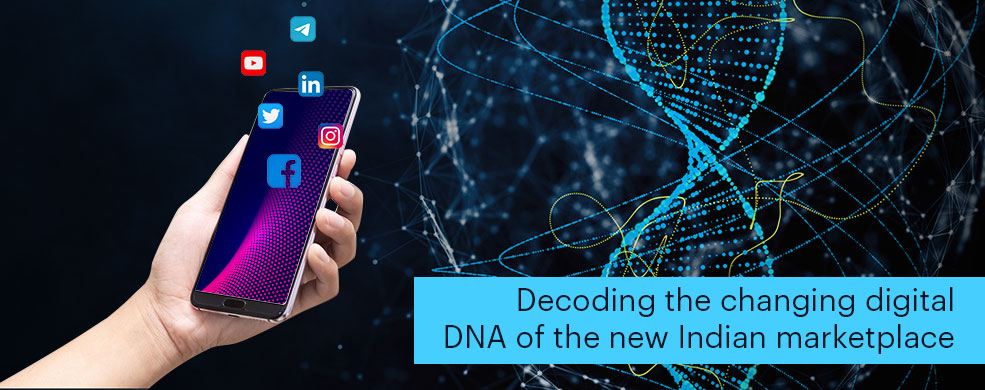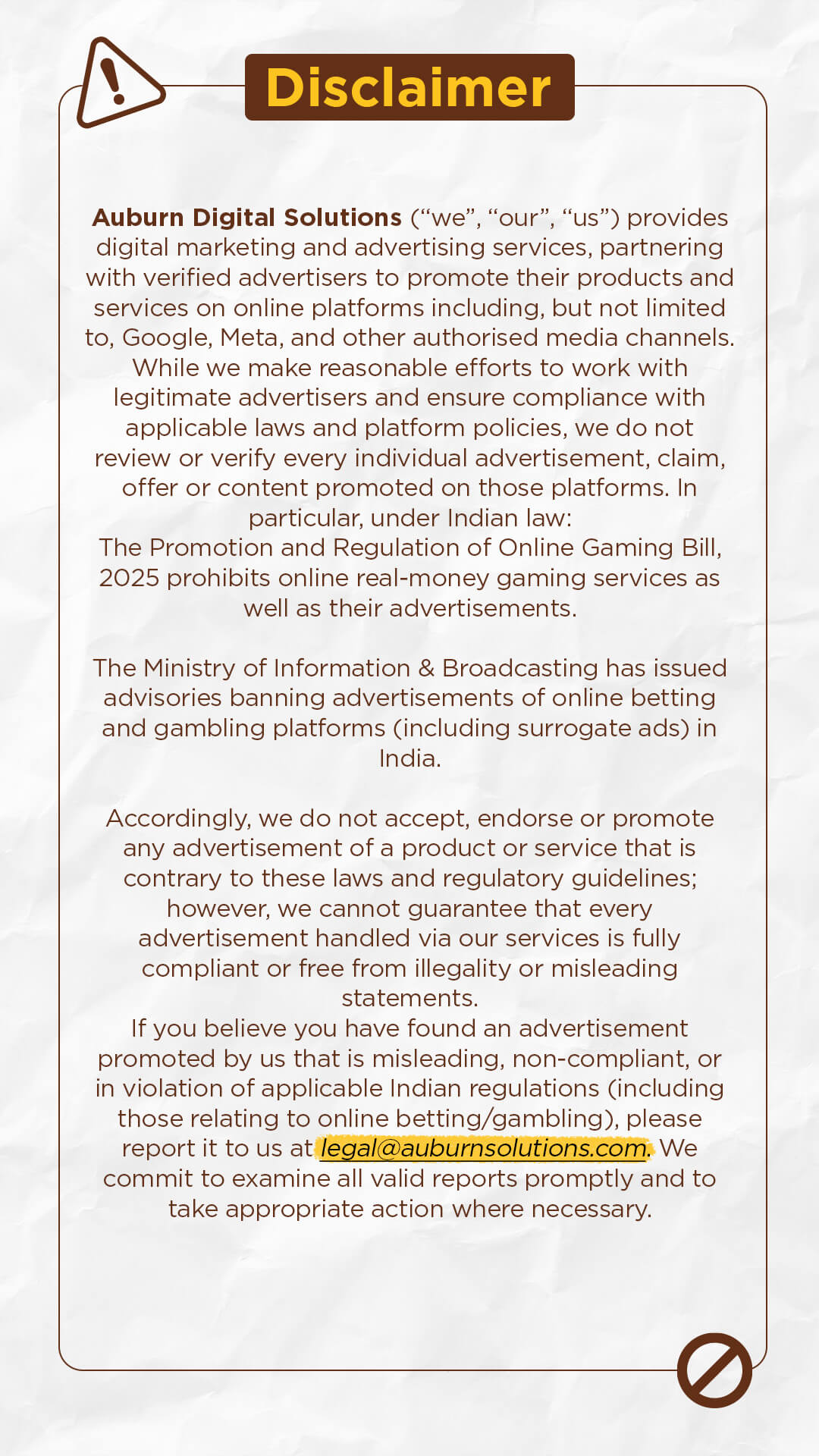Decoding the changing digital DNA of the new Indian marketplace
Auburn Team
May 02,2022

While the last decade has introduced revolutionary digital innovations in online commerce, the past three years have dramatically altered the way customers behave in online transactions. The ceilings on online purchases have been shattered repeatedly, in category after category, as customer habits changed due to the myriad impacts that we have seen in the past three years. Clearly, the habits of Indian consumers and organizations have been fundamentally altered. In this context, there are a few strong and emerging trends that are significant for identifying and mapping the behaviors of Indian customers. We examine some of them below.
Customers love to Buy Now n Pay Later
Almost all large and popular e-Commerce players in India now offer a buy now pay later option, on their own, or in tie up’s with other service providers or apps. This has seen rapid adoption by consumers, and many apps have entered the space, offering a wide variety of financial solutions, helping customers stagger payments, and removing a large part of the financial ‘pain’ of doing a large purchase. Equated and reduced monthly payment plans are offering the average Indian customer a new level of financial freedom.
Comparison shopping
While the large e-Commerce players like Flipkart and Amazon continue to be favorites, customers are now spoilt for choice as large and small new entrants, create a crowded digital market. The Tata super app, Tata Neu, and the rapid growth of Jiomart have created a scenario where customers compare between apps and purchase as per the best deals available. An undesirable side effect of this trend is the “deep discounting” phenomenon which erodes value for all market players and can often lead to price wars.
Follow your customer - “Omni” style
Customers frequently hop between online and offline purchases, and therefore many large digital-first companies are trying to create relationship touchpoints across all channels. Amazon created a huge splash when it set up its offline stores in the USA. Amazon has started taking up stakes in Indian retail chains in India, like More and Shoppers Stop. Many other digital-first brands are opting for this hybrid model with physical stores as experience centers or as an extension into a mortar presence. Nyka, Lenskart, Caratlane, Bluestone, Roadster, Ferns & Petals, Pepperfry, and Healthkart are some brands that have made significant moves in this direction. On the other hand, all well-known brands have set up their digital stores for creating integrated shopping experiences for customers.
Instant is now no more associated with tea and coffee
The customer wants his purchase, and s/he wants it now! Many players in the online space are banking on the speed of delivery to create a superior purchase experience. Grofers, a well-known online store changed its name to “Blinkit” to reflect the change of its entire service philosophy to instant delivery. Many brands are attempting speedy delivery to customers however this approach is not without its pitfalls. Many brands are facing a backlash on social media for exploitation of delivery riders as they come under severe pressure to complete delivery. Many customers are quick to point out that the human cost of instant delivery is very high, and are speaking out online.
These trends make for an interesting cocktail of the current scenario of the Indian marketplace, but the picture is still developing. We can expect more changes as market and consumer patterns shift. Watch this space for more updates.




